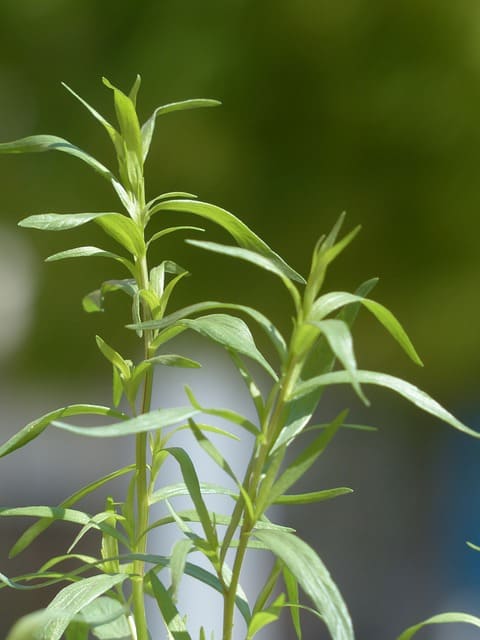You can combine tarragon and chives in your food dishes. Tarragon is known for its unique flavor that is slightly sweet and reminiscent of anise, while chives have a milder onion-like flavor. The combination of these two herbs can add depth and complexity to your dishes, especially in salads, soups, sauces, and dressings. Experimenting with different herb combinations can enhance the overall taste and aroma of your culinary creations.
Dishes That Combine Tarragon And Chives
The combination of tarragon and chives can add a delightful flavor to various dishes. Some popular dishes that incorporate both herbs include:
- Herbed Chicken: Season chicken with a mixture of tarragon, chives, garlic, and olive oil before baking or grilling for a flavorful and aromatic dish.
- Creamy Tarragon and Chive Sauce: Combine chopped tarragon and chives with cream, butter, and seasonings to create a rich and creamy sauce that pairs well with grilled meats, seafood, or roasted vegetables.
- Tarragon and Chive Salad Dressing: Whisk together tarragon, chives, lemon juice, olive oil, and a touch of honey to create a tangy and herbaceous dressing for salads or drizzling over roasted vegetables.
- Tarragon and Chive Butter: Blend chopped tarragon and chives into softened butter, then spread it over grilled steak, fish, or warm crusty bread for a burst of flavor.
- Herbed Potato Salad: Mix boiled potatoes with a dressing made from mayonnaise, Dijon mustard, tarragon, chives, and vinegar for a refreshing and herb-infused side dish.
These are just a few examples, but the combination of tarragon and chives can be versatile and used in various culinary applications to enhance the taste and aroma of your dishes. Feel free to experiment and explore other recipes as well.
Tarragon And Chives Comparison
Here’s a comparison of tarragon and chives in a table format:
| Tarragon | Chives | |
|---|---|---|
| Taste | Licorice-like, slightly sweet | Mild onion-like, slightly garlicky |
| Aroma | Strong and fragrant | Mild and delicate |
| Culinary Uses | Ideal for sauces, dressings, and marinades. Complements poultry, fish, eggs, and vegetables | Excellent as a garnish or in salads, dips, and creamy dishes. Enhances soups, omelettes, and potatoes |
| Health Benefits | Rich in antioxidants, vitamins A and C, and minerals like iron and calcium. Traditionally used for digestion and appetite stimulation | Good source of vitamins A and K, as well as minerals like calcium and iron. May have mild antibacterial and anti-inflammatory properties |
| Pairings | Works well with lemon, garlic, mustard, and other herbs like parsley and basil | Combines nicely with lemon, garlic, dill, and parsley. Also pairs well with dairy products |
| Growing Conditions | Prefers full sun and well-drained soil. Requires moderate watering | Thrives in full sun or partial shade. Grows well in moist, well-drained soil |
Remember that tastes and preferences may vary, so feel free to experiment and adjust the quantities of tarragon and chives to suit your personal preferences and the specific dish you’re preparing.

